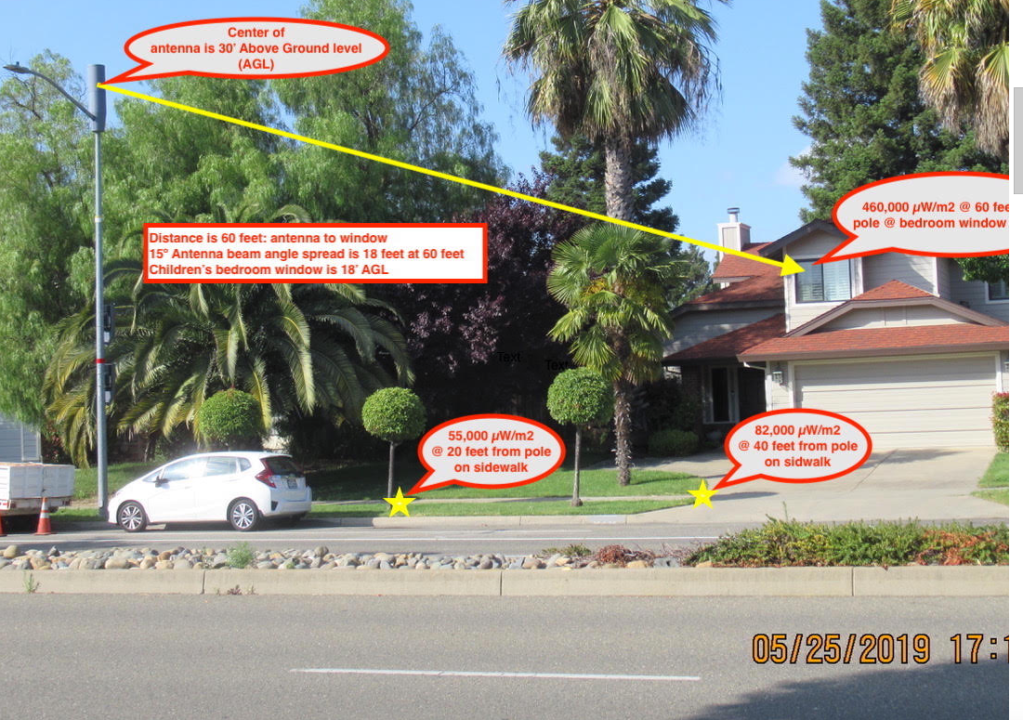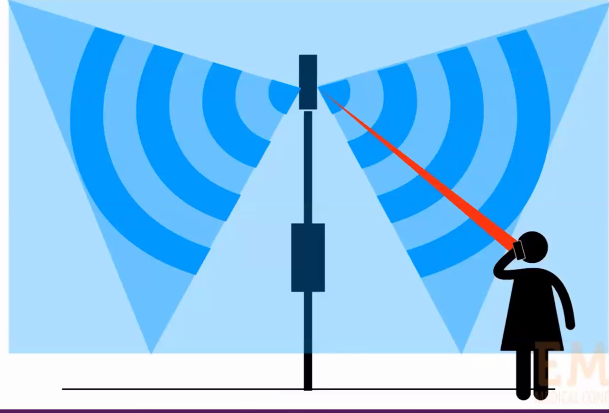I mistakenly published my last post while still editing and finishing it. I’ll just continue and finish that post here rather than rewrite the whole thing, so go back and pick up your read from the second to last paragraph where I was inserting a new sentence that began, “In Chattanooga…..”
In Chattanooga, their ultrafast hi-speed fiber optic Internet has helped that city establish itself over the last ten years as a center for innovation and drawn hundreds of millions of dollars of investment. An article published by CNN Business recounts how Chattanooga’s network was first set up, how much faster it was (speeds of 1,000 megabits per second versus the U.S. average of 9.3 megabits per second back in 2014), and how its creation led to substantial new business investment.
And this article which was published just a few months ago, (and comes seven years after that CNN report was made), shows that investment in Chattanooga since the creation of their fiber optic network, has now been in the BILLIONS OF DOLLARS and accounts for over 40% of all new jobs created there over the past decade.
Moreover, during the COVID pandemic, Chattanooga used its smart city fiber optic network to give students free Internet access. As this article points out, Chattanooga had plenty of bandwidth during COVID for online learning and used its city-wide network to bridge the digital divide in education by providing free internet services to economically disadvantaged students. Chattanooga’s internet service is at least four times faster than typical educational access offerings from other providers and the only one that delivers symmetrical speeds for uploads and downloads. And may I again add, does so without the EMFs created by our wireless technologies.
Without going into detail, Longmont, Colorado created a similar network in their city. Called ‘NextLight”, their fiber-fast, gigabit network provides its residents similar benefits.
The point here is that as our country considers its Infrastructure needs, we have options —smarter, faster, much more secure options—than wireless and 5G. And going back to Timothy Schoechle’s Reinventing Wires report that I referenced and linked to at the end of my last post before accidentally publishing it, Mr. Schoechle provides a roadmap forward with wired fiber optic technologies that we all can follow. As he points out:
The Internet has become one of the defining technologies of the modern world. Why has America, the Internet’s creator, become one of its most impoverished users among all the developed nations in terms of the proportion of its people with Internet access and the speed and quality of that access? Why has the Internet been growing in an inefficient, insufficient, and unsustainable direction? Is wireless access being oversold? Why are existing copper phone lines being abandoned when current protocols allow them to deliver data at gigabit speed? This report seeks to address these questions and propose answers and solutions. It explores the historical forces at play, the emerging technologies that will define the future of landlines and networks, and the public policy choices and opportunities that confront us today.
The Environmental Health Trust endorses a wired broadband future for America as well and in a letter sent to President Biden calls for such, as well as a moratorium on 5G deployment. The EHT’s letter plainly states that:
[America’s] infrastructure should be wired, not wireless. We urge that wherever possible the broadband system envisioned in the American Jobs Plan rely on safer, more secure and efficient, wired connections, especially for schools and other institutions where wired connections will save money and eliminate exposures to wireless radiation, found by the National Toxicology Program to cause clear evidence of cancer.
To borrow President Biden’s own words, we can not have “[an Infrastructure] plan that tinkers around the edges” when it comes to public and environmental health. I urge you to contact your elected officials and insist that they do not support the infrastructure bill in its present form or any bill that invests in wireless technologies or incremental investments in 5G. Instead ask them to back any proposal that thinks boldly on how a new coast to coast fiber-optic network could truly revolutionize our communications without the biological and ecological impacts of wireless and non-ionizing radiation.


